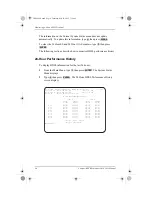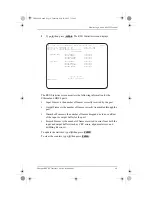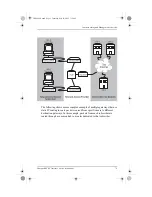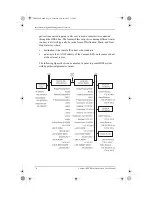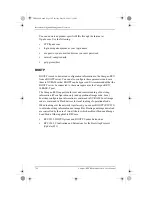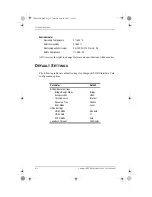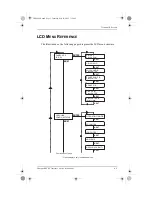
Internetworking and Management Overview
7-4
Campus-REX RS Interface Card User Manual
To enable or disable Spanning Tree, see
“Configure the Campus-REX as a
Bridge or Router” on page 3-19
. The Campus-REX uses the Spanning Tree
defaults shown in the table below. These values are user-configurable
through SNMP as part of the Spanning Tree group in RFC 1493.
S
TATIC
IP R
OUTING
Through the static IP routing feature, you can configure the Campus-REX as
an IP router with statically programmed route entries. You can enable this
function as a security feature to prevent eavesdropping and to provide
broadcast filtering, as well as to specify multiple destination gateways. When
static IP routing is enabled, you can access only specific remote IP subnets or
hosts.
Since IP routers make forward or filter decisions based on the network-layer
IP address instead of the MAC hardware address, MAC-level broadcast
frames are prevented from reaching unwanted destinations in the network.
The following example shows a simple Internet Service Provider (ISP) site
that uses the static IP routing feature to filter MAC-level broadcast frames
sourced by ISP Subscriber A from reaching ISP Subscriber B. In this
example, all frames from Subscriber A and Subscriber B are directed to the
router at the Network Access Provider site. From there, frames from both
subscribers are forwarded directly to the Internet.
Spanning Tree Attribute
Default Value
ST Bridge Priority
Hx0000
ST Max Age
30 seconds
ST Hello Time
10 seconds
ST Hold Time
10 second
ST Forward Delay
10 second
ST Port 1 Priority (LAN)
0
ST Port 2 Priority (HDSL)
0
ST Port Path Cost
1
CAD1069i5.book Page 4 Thursday, May 30, 2002 7:32 AM





